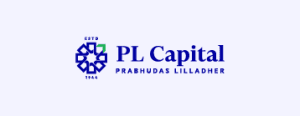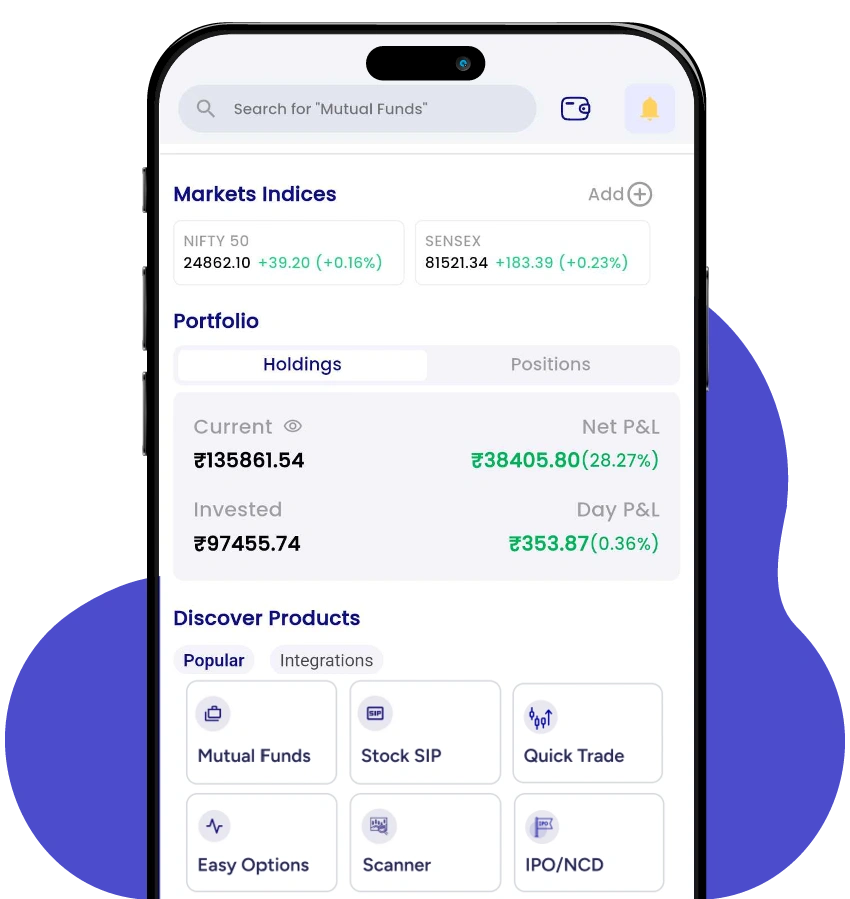What Is a Target Date Fund (TDF)?
- 11th September 2025
- 09:00 AM
- 8 min read
Investors often seek investment options that provide financial security, and target date funds fit into that space. With a defined investment horizon, these funds can provide investors with a structured approach to meeting long-term goals, typically for retirement planning.
The unique aspect of this investment is the way it reduces frequent adjustments, allowing investors to stay focused on outcomes rather than monitoring the market.
By aligning investments with time-bound objectives, such funds offer a disciplined yet straightforward route to financial planning.
A Quick Overview of Target Date Funds
When an investor chooses to invest in target date funds, the fund manager allocates their money across a mix of assets. Such assets include a mix of stocks, bonds, and other securities.
Here is a detailed breakdown of the characteristics of a target fund in investments:
- This is an investment option which investors choose to capitalise on the growth of underlying assets. For example, an investor planning to retire in 2040 may align their investments to mature around that year to support post-retirement needs.
- As the target date approaches, the fund manager adopts a more conservative asset allocation, shifting from an aggressive strategy.
- The idea behind the strategic allocation of a target debt fund is to lower the chances of making losses when an investor is near to withdraw their funds.
- This investment option is suitable for individuals who do not have much investment expertise or time to plan their retirement over a longer time horizon. This allows for a set-it-and-forget-it investment option.
Working Process of Target Date Funds
After understanding the target fund meaning, take a look at its working process to learn how it secures an investor’s future. With typical diversification for risk management, the fund manager follows a fund allocation strategy from aggressive to conservative as the maturity date approaches:
-
Diversification and Rebalancing
Target date funds help simplify investment decisions and provide a diversified portfolio with allocations across multiple assets. Investors need to choose a fund that matches their financial goal and risk tolerance, and the fund manager takes care of the rest. For example, if underlying equities drop by 10%, the manager may shift more funds into debt to limit risk.
-
Higher Equity allocation Initially
Suppose an investor invests in a target debt fund in 2025, for retirement in 2050. The respective fund manager will initially begin by investing in higher-growth stocks to enhance the return potential, as the investor has enough time to recover from any short-term losses. For example, the fund manager might allocate 80% in equities and 20% debt initially.
-
Shift to a Conservative Allocation
As the maturity or the target date of the fund approaches, the potential of recovering from losses decreases. To ensure an optimal return for the investor, they will now shift the focus more towards safe assets such as bonds or other fixed-income instruments. A fund that started with 80% equity and 20% debt may gradually move to 40% equity and 60% debt.
Want a diversified investment portfolio? Invest in mutual funds, equity and more with PL Capital Group – Prabhudas Lilladher. Download the PL Capital app today and start investing!
Advantages and Disadvantages of Target Date Funds
TDF might be a financial vehicle to secure the financial future of an individual after retirement, but like every other investment option, it has various advantages and disadvantages. Learning them is important before choosing a TDF for retirement planning:
-
Advantages of Investing in Target Date Funds
The advantageous factors of a TDF include automatic portfolio rebalancing, modification of asset allocation and more:
- Suppose an individual invests only in equities, and a share value falls, it may cause heavy losses. A TDF reduces this risk by balancing equities with fixed-income securities.
- As the fund allocations go from an aggressive to a conservative strategy to reduce the chances of short-term losses near maturity, it benefits the investor. An investor does not need to worry about regularly inspecting the fund allocation, portfolio rebalancing or losses as the fund manager strategically balances it.
- Expert fund professionals manage TDFs strategically to maximise returns. For example, if markets rise 12%, they may increase equity exposure to capture more growth.
- Life after retirement becomes financially tough for an individual as the regular income stream from salary stops. Building a corpus to ease life after retirement brings peace of mind.
- An individual can begin their TDF investment from an early age. For example, an investor can start TDF investments at 25, plan retirement at 60, and choose a date fund for 2060. Thus, they get 35 years to build a retirement fund.
-
Disadvantages of Investing in a TDF
Aside from the inherent advantages, target date funds also carry some disadvantages, such as limitations in investment choices, variation in the glide path, and additional expenses:
- The glide path of TDFs varies. One may turn conservative 5 years before maturity, while another does so 1 year before. An uninformed decision can put investors at risk.
- The fund managers expertly handle a TDF on behalf of investors and make all allocation decisions. However, if any expert investor might like to customise their portfolio, they cannot do so.
- For investors, TDF might seem to be a safer investment option, but it also comes with additional expenses, such as the expense ratio. Investors, therefore, must compare the expense ratio before investing.
Risk Tolerance Over Time
Target date funds focus on high-performing equities, and the fund manager keeps reallocating assets every year. Also, depending on the fund type, the approach to risk tolerance of such funds differs as follows:
- At the beginning, due to higher risk tolerance, the fund manager allocates investors’ money into speculative and high-performing assets. Every year, the fund manager makes adjustments to investment categories to stay aligned with a fund’s objectives.
- Such high-performing assets might include domestic equities. The remaining allocation is safe investments, including assets such as corporate or government bonds, money market instruments, etc.
- In some cases, fund managers might also allocate funds into real estate to better diversify the investor’s portfolio.
- A ‘though fund’ is designed to be held past the target date and manages risks by continuing fund allocations, focusing on low-risk assets.
- A ‘to fund’ maintains the risk profile of investors by continuing allocation adjustment until its maturity.
Conclusion
An individual has the option to choose target date funds to secure their financial future after retirement. A TDF follows a strategic investment fund, i.e, allocating money into high-performing and high-risk assets to move to safer investment instruments. This way, as the target date approaches, investors might benefit from the high-performing assets and then limit potential losses by shifting to low-risk assets.
With PL, you can invest in mutual funds completely online and secure your financial future. Download the PL Capital app today, fulfil an e-KYC and start investing!
Frequently Asked Questions
1. What is diversification in a TDF?
When an individual invests in a TDF plan, according to their financial goal and target date, they allocate the money across different asset classes. Such assets include high-performing company stocks, bonds, money market instruments, real estate, etc.
2. How do TDFs help mitigate risks and manage inflation?
Aside from just mere diversification, strategic asset allotment helps mitigate risk over time and keep up with inflation. Such funds target stocks at the beginning and grow savings past the inflation point. After that, they focus more on real-estate assets, inflation-index bonds, etc., to minimise the impact of inflation.
3. What is the average return on target date funds?
There is no fixed or average figure of return on investment from a TDF. This is because the potential return depends on market performance, fund quality, asset allocation strategy, investment horizon, financial goal of the investor, etc.



